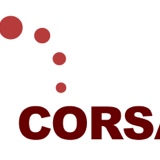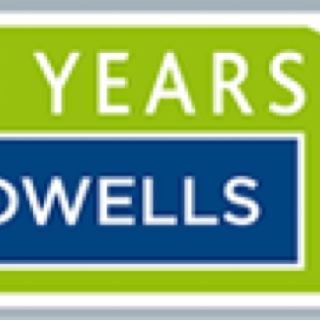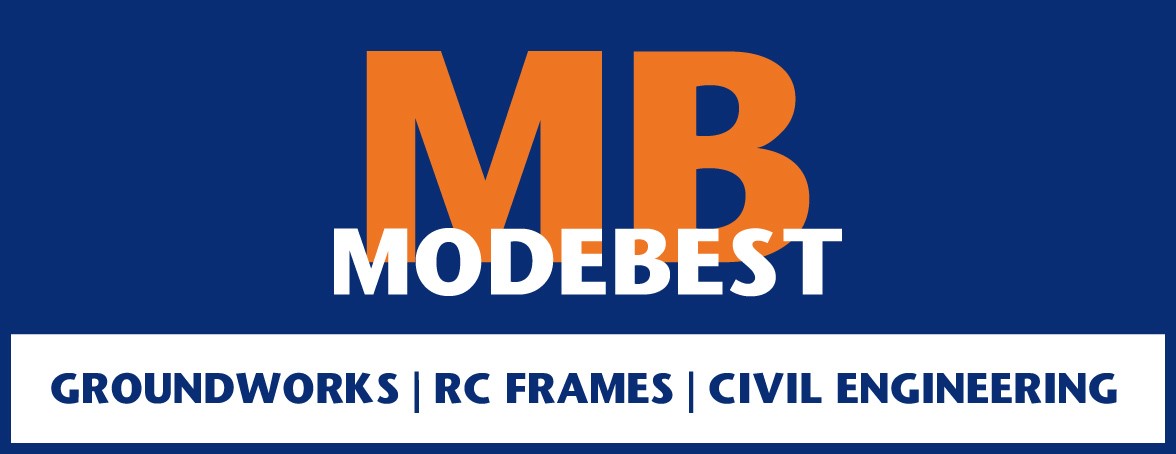Information
-
Customer
-
Address
-
Job Voucher Number
-
Engineer Name
-
Conducted on
-
Meter
-
Size
-
Location
1. Meter Installation
-
1.1 Is the meter installation accessible and secure?<br>a) Are all doors, walls, roof secure and in reasonable condition?<br>b) Can the meter be accessed for reading/maintenance by authorised personnel at all times?<br>c) Are the meter housing and any keys identified as “GAS METER COMPARTMENT”?<br>
-
1.2 Is the meter room adequately ventilated?<br>a) Is there permanent ventilation communicating directly with the outside?<br>b) Is the free area at least 2% of the floor area?<br>
-
1.3 Is the meter room free from stored flammable substances?<br>a) Paint, thinners or flammable chemicals?<br>b) Paper, cardboard, linen or flammable materials? <br>
2. Installation Pipework
-
2.1 Is the Gas Line diagram fixed at the primary meter location?<br>a) Is the diagram clear and in a suitable protective frame?<br>b) Does the diagram show all Pipework 1 inch BSP diameter and above?<br>c) Are all meters, sub meters, valves and pressure test points shown?<br>
-
2.2 Is the Pipework electrically cross bonded?<br>a) Is there a bonding wire attached to the gas Pipework within 600mm of the meter or building entry?<br>
-
2.3 Is the Pipework adequately supported?<br>a) Are all necessary pipe supports of the correct type and in good condition?<br>
-
2.4 Are gas pipes sleeved correctly when passing through walls? <br>a) Do Pipes take the shortest possible route through walls?<br>b) Are the pipe sleeves of sound construction? (split sleeves not acceptable)<br>c) Are the pipe sleeves sealed with an approved fire proof sealant?<br>
-
2.5 Is the Pipework adequately and correctly colour coded?<br>a) Is all Pipework of 1” diameter and below identified with “NATURAL GAS” tape?<br>b) Is all Pipework of 1¼” diameter and above provided with colour coding bands? <br>
-
2.6 Is the general condition of the Pipework satisfactory?<br>a) Is the Pipework free from any corrosion?<br>b)Are all joints made using the correct jointing medium? (Stag not acceptable)<br>c) Is the Pipework in good repair and adequately protected? (paint, denso, wrapped as necessary)<br>
-
2.7 Are all ducts or voids through which the Pipework passes adequately ventilated?<br>a) Are the vents permanent and purpose made?<br>b) Where cross sectional area of duct is:<br><br>less than 0.5 m3, the min free area of each vent = Cross Sec area of duct.<br><br>Greater than 0.5 m3 and not exceeding 7.5 m3, the min free area of each vent = 0.05 m3.<br><br>Greater than 7.5 m3, the min free area of each vent = 1/150th of the cross sectional area of the duct.<br><br>(Note: The vents should be situated at each end of the duct.)
-
2.8 Pipes and fittings of suitable construction?<br>a) Is the Pipework of correct construction?<br>b) Are all valves/fittings of an approved type?<br>c) Is the condition of any lead Pipework acceptable?<br>d) Are all Pipework risers from underground of steel construction?<br>
-
2.9 Has all redundant Pipework removed or left safe?<br>a) Have all redundant valves been plugged / capped?<br>b) Have all redundant pipe legs been terminated in an approved manner? <br>
-
2.10 Are all necessary Emergency Control Valves fitted?<br>a) Is there an emergency control on the inlet to the meter?<br>b) Are all other areas such as Boiler rooms, Commercial Kitchens, Laboratories and remote Buildings requiring an emergency control valve provided with one in a suitable position?<br>c) Do all the gas isolation valves have suitable handles that fall to safety?<br>d) Are all valves in good repair and free to operate?<br>
-
2.11 Are the Control Valves correctly labelled?<br>a) Does the ECV have a label stating the following “GAS EMERGENCY CONTROL VALVE”, to shut off the gas supply should there be an escape, the contact details of the supplier and the date the notice was displayed.<br>b) Is on/off indication provided to every valve?<br>
3. Appliances
-
3.1 Appliance flueing satisfactory?<br>a) Has a smoke test been carried out and found to be satisfactory?<br>b) Is an approved terminal fitted?<br>c) If the chimney is unlined, is a flue access panel fitted at the base of the flue? (soot box)<br>d) Are all flues installed utilising approved materials and are all jointing methods satisfactory?<br>e) Is the flue adequately supported?<br>f) Have all interlocks been checked on fanned flue systems and found to be satisfactory?<br>
-
3.2 Appliance ventilation satisfactory?<br>a) Is there adequate permanent ventilation to all flued appliances?<br>b) Does the ventilation on boilers of 60kw input and over communicate directly to outside?<br>c) Are all ventilation grills unobstructed?<br>d) Have all interlocks been checked on fanned ventilation systems and found to be satisfactory
-
3.3 Gas connection satisfactory?<br>a)Have all flexible connections to catering equipment been checked and found to conform with BS669 Pt.2. (Domestic cooker flexes not suitable)<br>b) Are all Pipework connections to appliances of an approved manner?<br>
-
3.4 Gas isolation fitted?<br>a) Does each appliance have an appliance isolation valve fitted outside the appliance case<br>
-
3.5 Electrical isolation switch fitted?<br>a) If an appliance has an electrical supply, does it have an electrical isolation switch within 2.5m of the appliance?<br>b) Do all electrical connections, wiring and equipment appear in good condition?<br>
-
3.6 Appliance stability satisfactory?<br>a) Are all floor mounted appliances installed on solid stable fire proof bases?<br>b) Are all balanced flued appliances adequately fixed?<br>c) Are all suspended appliances adequately fixed?<br>d) Do all movable catering appliances have stability brackets/safety chains?<br>
-
3.7 Appliance safety features satisfactory?<br>a) Are all necessary flame failure devices fitted to the appliances?<br>b) Have all flame failure devices been checked for correct operation and found to be satisfactory? <br>c) Are all necessary high limit and control thermostats installed to the appliances?<br>d) Have all high limit and control thermostats been checked for correct operation and found to be satisfactory? <br>e) Do all package burners run through the correct sequence? I.e. pre purge, fan proving etc<br><br>
-
3.8 Gas soundness check satisfactory?<br>a) Has a soundness check been carried out from the appliance isolation valve to the appliance controls and found to be satisfactory? <br>
-
3.9 Gas Pressure' Satisfactory<br>a) Has the appliance gas pressures been checked and found to be satisfactory<br>













